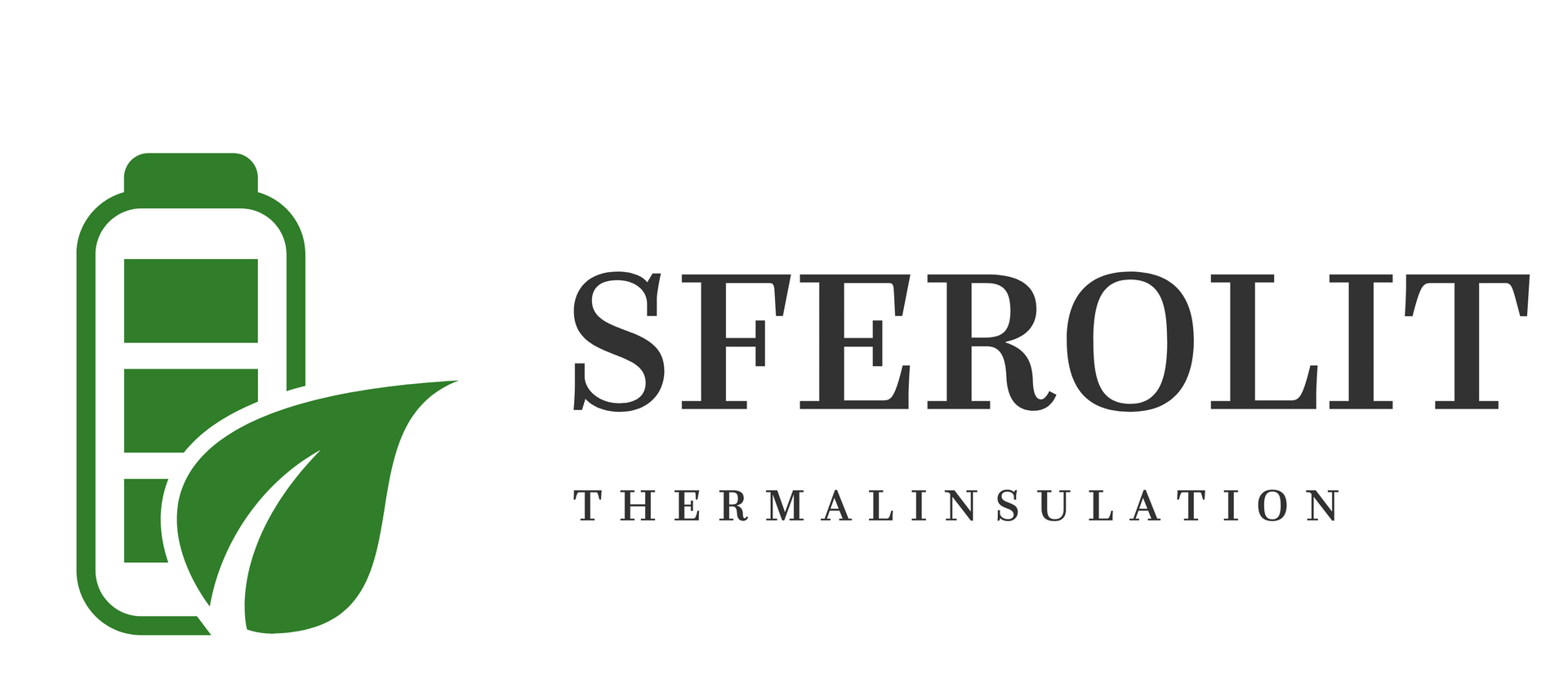Sferolit represents a groundbreaking advancement in energy-efficient technology that's accessible to all!
What is Spherolite?
Is a fluid ceramic coating with insulating and waterproofing features. A mixture of acrylic copolymers combined with micro-ceramic filler.
This product serves as a protective layer against fungi, corrosion, and heat loss. It is commonly applied to outer walls, plumbing systems, windows, and storage containers.
The effectiveness of this substance as an insulator relies on the vacuum's capability to uphold the targeted temperature, which restricts the infiltration of outside air particles that are either cooled or heated.
The foundation of SFEROLIT consists of numerous vacuum void particles that, upon utilisation and drying, create a firm film. The size of these particles ranges from 20 to 120 microns.
How SPHEROLITE Works?
Due to the process of polymerization, fluid thermal insulation transforms into a long-lasting coating that decreases heat loss by up to 40%. It is resistant to water and yet still permits the surface to breathe naturally.
The ability of a material to allow air to pass through, known as breathability, facilitates significant air circulation while also providing a protective shield against environmental hazards such as fungal growth, mold, rust, and other detrimental effects. Moreover, this attribute helps to conserve 7-9% of heat.
The substance has the ability to increase in size by 25% without impacting its ability to attach to the surface. A coating area of one square meter can endure the effects of up to 380 milliliters of water per hour and dries speedily following precipitation.
Application
SFEROLIT is used for insulating walls, floors, facades, insulating the external roof and insulating the attic from the inside, insulating houses, production buildings, rooms for various purposes, as well as in industry and in the transport industry.
This particular type of insulation offers an additional benefit compared to other options. Specifically, when used during the summer, it has the ability to remove any moisture that has seeped into walls or roofs over time.
Enhanced air circulation will facilitate the elimination of excess moisture to the external environment, thereby accelerating the process of evaporation.Although the work is scheduled for the summer, it presents an opportunity to reduce energy expenses by eliminating the need for artificial cooling within the room.

